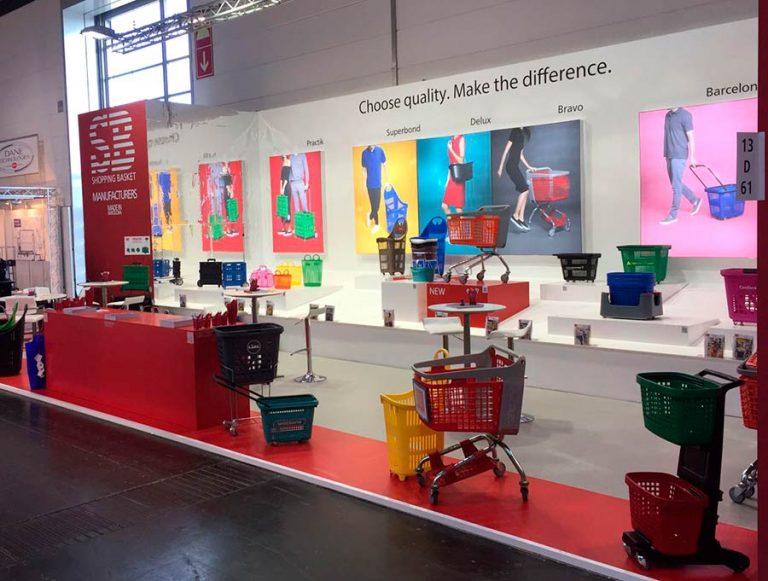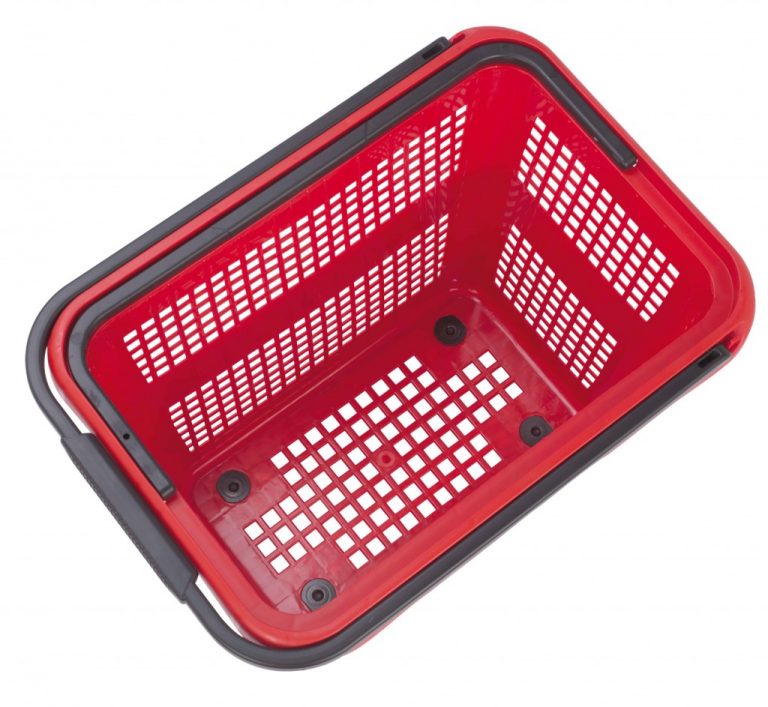Do you know what lead time means? In this article, we tell you everything you need to know about this very important factor for a sales company. If you are interested in this concept and want to delve deeper, we encourage you to learn about the figure of the category manager and its relevance.
What is lead time?
The lead time or cycle time refers to the time that elapses from when a purchase order is generated from a supplier until it is delivered to the customer (company or individual). Knowing this information is essential to organize all the processes in the supply chain.
However, you must bear in mind that it may vary slightly depending on the section of the chain:
- Sales. Knowing this time precisely allows you to establish a specific delivery date with your customers.
- Purchase of raw materials. Managing this data with suppliers is crucial so that a shortage does not occur.
- Production. The lead time of the manufacturing processes allows you to make an exact calculation of the times, which will be of great help in areas such as logistics and commercial management.
- Logistics and distribution. Cycle time in the logistics and distribution area is essential. Thanks to it, you will know how long it will take to manufacture the products, when they will arrive at the warehouse and how long it will take for them to be managed and delivered to the customer.
Types of lead times
Lead time is not a uniform concept, since it depends on the needs and preferences of the company. Therefore, we can highlight the following types:
- Manufacturing. This is the period of time it takes to make a product, that is, the period from the beginning of its manufacture until it is completely finished.
- Logistics. It is one of the easiest types to calculate. It is the time that the company takes to distribute the article once the raw materials for its manufacture have been received.
- GAP. It is a cycle time that is totally focused on customers, since its objective is to anticipate their requirements. During it, the inventory and order forecasts that your company has are carried out. Of course, you should keep in mind that the higher the GAP, the more chances there are for errors in forecasting or in the supply chain.
It is very important that you analyze in detail the indicated types of cycle time, since they will help you to start an optimization process. In this way, both waiting times and delivery times are reduced.

How lead time is calculated
The easiest way to calculate lead time is to subtract the delivery date from the date the order was placed. The result that it returns is the number of days that have elapsed since it was requested by the client until it was delivered. The calculations can be very different depending on the type of supply chain.
To calculate the time cycle, you need to keep in mind a series of variables that are key. Among these we can highlight the following: deadlines for the receipt of manufacturing materials, the days on which they are received, how many days a week shipments are made and the shipments that enter each trip, to give a few examples.
To measure supply times with great precision, the company’s history is taken as a reference along with the deliveries that have been carried out. It is a very reliable method to obtain the measurement, because variations in suppliers or shipments may have occurred.
Advantages of calculating lead time
Without a doubt, the measurement of cycle time brings many advantages for your company. Next, we are going to list some of the most outstanding:
- Know how your company works. We refer to being able to respond appropriately to questions that are key to the client (order delivery time, for example). It is about understanding the level of service you are providing and how you can improve it.
- Improve the efficiency of customer service. It consists of minimizing the time in which the client obtains the real value. The objective is to make decisions that guarantee a better internal organization.
- Foster a customer centric culture. It is not just about the customer getting their product in the shortest possible time. They must be included in this process, that is, that their shopping experience is positive. To do this, satisfaction indicators can be used or allow you to view the journey of your order since it was requested.
In summary, the measurement of lead time is especially relevant for companies that need to optimize their manufacturing and supply processes. Choose the one that best suits your preferences and business needs, and make the calculation in a simple way.

 Sign up for our newsletter and be the first to receive our articles!
Sign up for our newsletter and be the first to receive our articles!



























